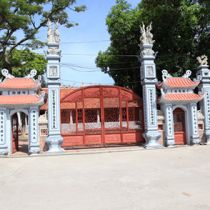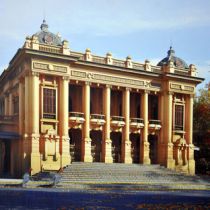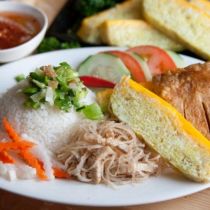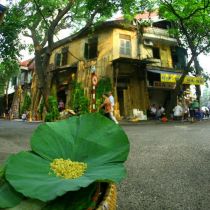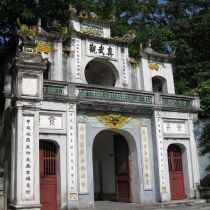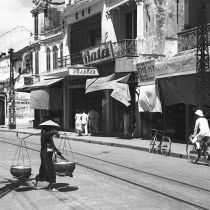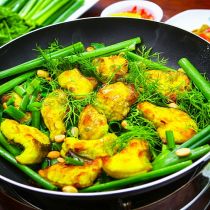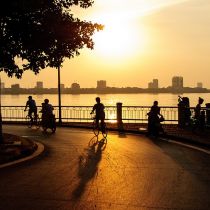HANOI CAPITAL Square: 3344,6 km 2 ; Population: 6561,9 thousands people (2010) Districts: Hoan Kiem, Ba Dinh, Dong Da, Hai Ba Trung, Tay Ho, Thanh Xuan, Cau Giay, Long Bien, Hoang Mai, Dong Anh, Soc Son, Thanh Tri, Tu Liem, Gia Lam, Ha Dong, Son Tay , Ba Vi, Phuc Tho, Dan Phuong, Thach That, Hoai Duc, Quoc Oai, Chuong My, Thanh Oai, Thuong Tin, My Duc, Ung Hoa, Phu Xuyen, Me Linh. OVERVIEW: Hanoi , literally the “city between the rivers”, is the capital and...
